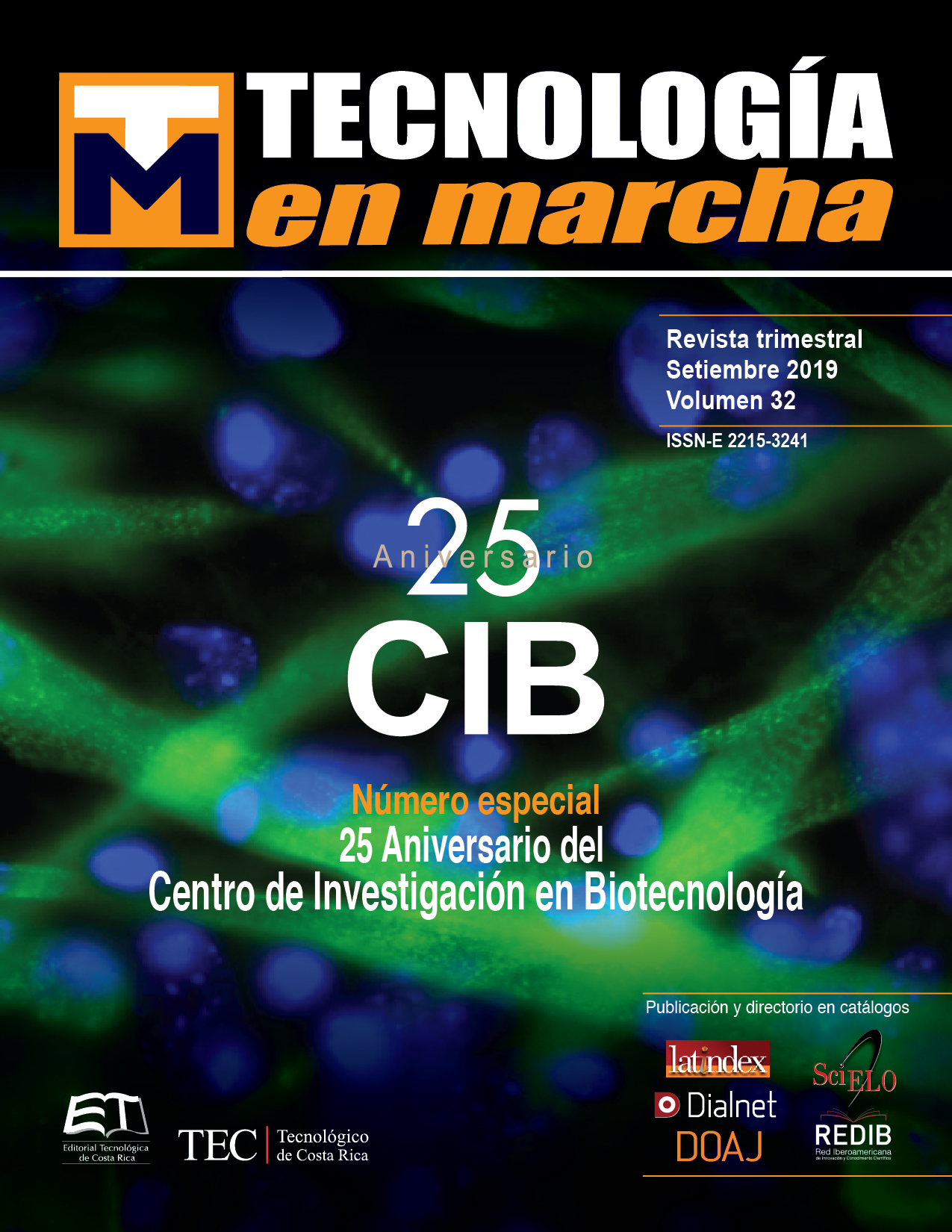Biocontrol Laboratory: Research linked to agricultural production
Main Article Content
Abstract
The Biological Control Laboratory of the Biotechnology Research Center has worked intensively -in the last decade- in the use of native microorganisms and the development of bio-inputs for population control of insects and plant pathogens. The concept of biological control has evolved and currently focuses in the way in which communities of organisms around plants affect the interrelationships that occur, and how this is reflected, at a biochemical and molecular level, in survival mechanisms exhibited by each species.
The research of the Laboratory focuses on the prospecting of new species, analysis of microorganism communities composition in rhizosphere and phylosphere, the microorganism- plant communication, activation of systemic resistance in plants by induction with organisms beneficial and development of novel formulations.
Transferring of results to farmers is a key factor that allows generated knowledge to be incorporated by many farmers, especially for production of garlic and onion. Training of technicians and extensionists is also important. The link with companies is another point that has allowed development of contracted research and a series of diagnostic services and support for private sector. The diversity of activities carried out has allowed the laboratory to consolidate itself as an ally of the agricultural sector and local industry for production of bio-inputs.
Article Details
Los autores conservan los derechos de autor y ceden a la revista el derecho de la primera publicación y pueda editarlo, reproducirlo, distribuirlo, exhibirlo y comunicarlo en el país y en el extranjero mediante medios impresos y electrónicos. Asimismo, asumen el compromiso sobre cualquier litigio o reclamación relacionada con derechos de propiedad intelectual, exonerando de responsabilidad a la Editorial Tecnológica de Costa Rica. Además, se establece que los autores pueden realizar otros acuerdos contractuales independientes y adicionales para la distribución no exclusiva de la versión del artículo publicado en esta revista (p. ej., incluirlo en un repositorio institucional o publicarlo en un libro) siempre que indiquen claramente que el trabajo se publicó por primera vez en esta revista.

